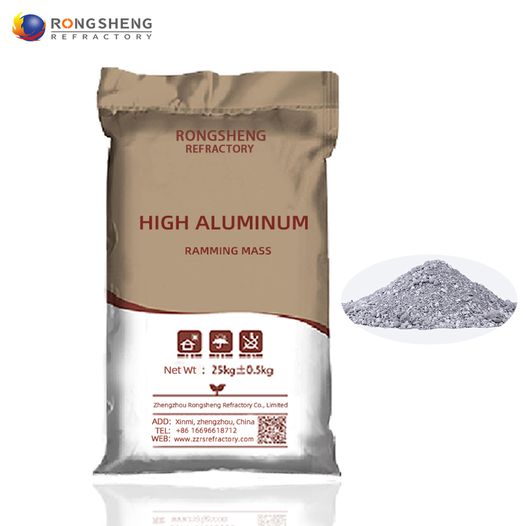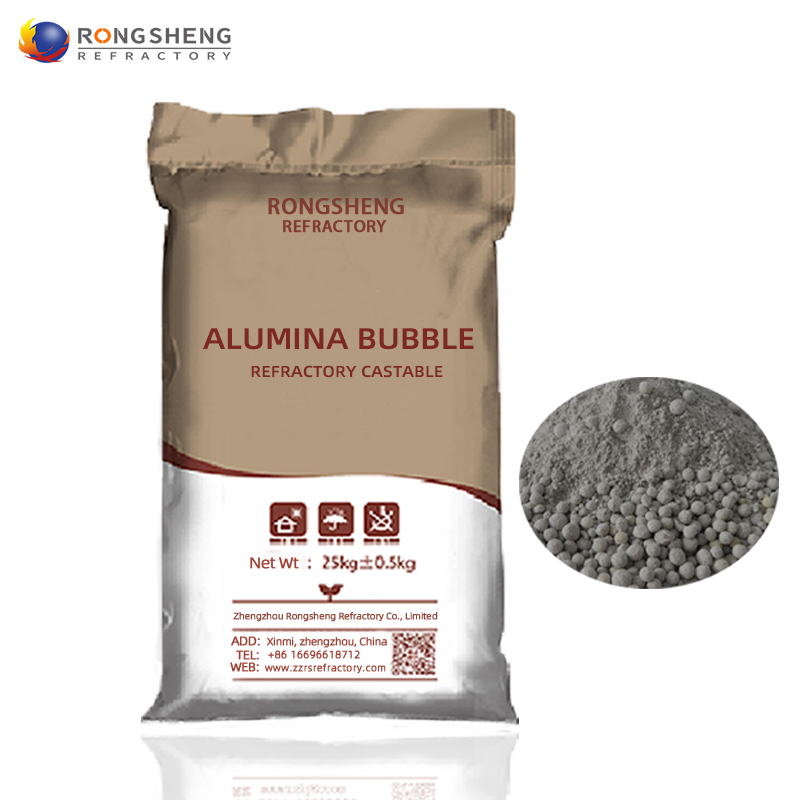La differenza tra materiali calcinabili e materiali da speronamento
I materiali castabili e di sperimentazione sono entrambi materiali refrattari non riparati. I materiali calcinabili e di pressatura sono costituiti da vari aggregati, polveri, e leganti in una proporzione ragionevole. Sono entrambi materiali refrattari non riparati. Sebbene siano lo stesso tipo di materiali refrattari amorfi, differiscono molto.
Quali sono le differenze tra castabili e materiali di sperimentazione?

I metodi di costruzione sono diversi
Massa di sperimentazione è costruito per sperimentare e indurirsi dal riscaldamento. Di solito si forma direttamente o dopo aver aggiunto il liquido martellante (manuale o meccanico) o vibrazione e indurisce quando la temperatura è superiore alla temperatura ambiente.
Calcinabili sono costruiti versando e possono indurirsi senza riscaldamento. Viene consegnato principalmente in forma secca e viene utilizzato dopo aver mescolato con acqua o altri liquidi. Generalmente, Casting per vibrazioni, non vibrazione (auto-flusso) casting, Ramming, spruzzatura, o tamponare quando necessario per formare e indurirsi senza riscaldamento.
Classificazioni materiali diverse
Materiali di sperimentazione sono classificati in base ai materiali: alto contenuto di allumina, argilla, Magnete Ramming Mass, dolomite, zirconio, e materiali di sperimentazione refrattaria in carburo di silicio.
I castabili sono classificati per materiale: 1. Secondo la distribuzione della porosità, Ci sono due tipi: denso calcinabili refrattari e materiali refrattari isolanti con porosità non inferiore a 45%; 2. Secondo i leganti, Sono divisi in legame idraulico, legame chimico, e coesione e combinato con castabili refrattari.

Diverse applicazioni
Castable è il materiale refrattario più ampiamente prodotto e utilizzato al momento. Viene utilizzato principalmente per costruire vari fodere per il forno di riscaldamento e altre strutture integrali. Viene utilizzato in fornaci pesanti e attrezzature di riscaldamento in metallurgia, petrolio, industria chimica, materiali da costruzione, energia elettrica, e industria dei macchinari. Gli ammortizzatori di alta qualità sono ampiamente utilizzati in metallurgia, materiali da costruzione, e metalli non ferrosi. Fusione, chimico, macchinari, e altre industrie manifatturiere. I prodotti possono anche essere utilizzati nei forni a fusione.
Il materiale di sperimentazione è un materiale sfuso realizzato in carburo di silicio, grafite, e antracite calcinato elettricamente come materie prime, Mescolato con vari additivi a polvere ultrafina, e cemento fuso o resina composita come agente vincolante. Viene utilizzato per colmare lo spazio tra l'attrezzatura di raffreddamento del forno e la muratura o il materiale di riempimento per lo strato di livellamento della muratura. Il materiale di sperimentazione ha una buona stabilità chimica, resistenza all'erosione, e resistenza all'usura.
 Fabbrica dei refrattari di Rongsheng
Fabbrica dei refrattari di Rongsheng
WeChat
Scansiona il codice QR con wechat